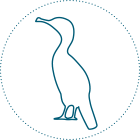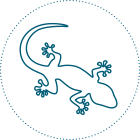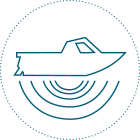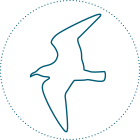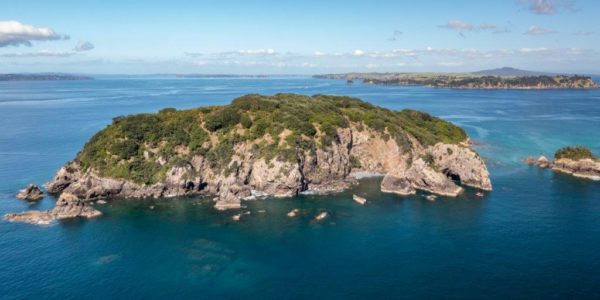The Noises - Restoration and Regeneration
The Noises are a chain of islands, rock stacks and reefs, lying within the inner Hauraki Gulf Marine Park / Tīkapa Moana / Te Moananui-ā-Toi. Characterised by indented rocky coastlines, the two larger islands in the group are dominated by pohutukawa forest; rich indigenous vegetation, and native bird species. The Noises have outstanding conservation values and are an important breeding site for seabirds. The human story of the islands starts with a long history of Māori habitation. Currently under the guardianship of the Neureuter family, The Noises also have longstanding connections with naturalists and researchers.
Thanks to the dedicated efforts of multiple generations of the Neureuter family, conservationists and government agencies, all of the islands in the group are predator-free.
Our Research Projects
The Noises have long been a place of research and conservation. Some of the current projects include:
SPOTTED SHAG COLONY
The Hauraki Gulf is home to a threatened population of Spotted Shags, thought to be genetically distinct. Whilst the Spotted Shag is relatively common in other parts of the country, in the Hauraki Gulf the birds are now limited to just two colonies, on Tarahiki and Waiheke Islands, with an estimated population of 300 breeding pairs.
THE IMPACTS OF BOAT NOISE
Many marine animals rely on making sound and listening for sound queues as a matter of survival. The University of Auckland have placed a camera on Ōtata Island and a hydrophone in the bay to gather data to determine the impact recreational boat noise is having on the reef systems around The Noises.
OTHER SEABIRD RESEARCH
Seabirds of The Noises have been studied for many years. In November 2019, Auckland Council commenced a 10-year study of the takahikare/white-faced storm petrels, pakaha/fluttering shearwaters, kuaka/northern diving petrels, oi/grey-faced storm petrels and korora/little blue penguin on Ruapuke/Maria Island.
Latest News and Updates
Another seabird season has started!
The Noises hold a very special interest for seabird lovers. Being home to at least 10 seabird species, it holds the impressive title of most diverse seabird collection in the inner Hauraki Gulf. This small chain of islands is pest…
A catch up of news from The Noises – April 2023
Kia ora koutou! It has been rather a long time between newsletters, so we thought we’d go into a bit more detail about goings on at ngā motu over the last wee while, because in between extreme weather events, ecological…
